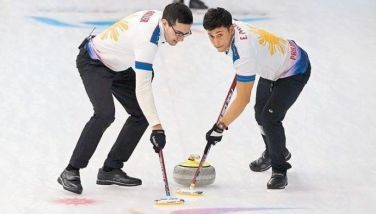Tokushima reflects RP sports governance
As I stated last week, the Australian Sport Commission (ASC), Basketball Australia (BA) and the National Basketball League (NBL) announced a major structural review of basketball in
Philippine private and government sports officials can (again) learn from the Aussies how to ensure that major stakeholders of Philippine basketball participate in determining the structure and framework for governance of this sector of sports.
Apparently, the ASC wants to fully maximize its basketball potential despite its small population of about 12 million particularly in the light of giant strides made in international basketball by its much smaller neighbor
It is said that, in reference to the size of the country and its small population, “in
For years, the Aussies have been finetuning the relationships among basketball stakeholders to ensure mass participation and encourage competition so that the country will be represented only by
I was privileged to see the Aussies work hard on this sports framework since I was first invited by the Sydney Olympics Organizing Committee to
One of Australian basketball’s main problems was synchronizing basketball schedules so that the finest of
The basic difference in the two countries’ situations is that Australia has apparently gotten its act together, compared to many years ago, while the Philippines now has to cope with the growing pains of a new structure which is ironically designed to unify Philippine basketball. These growing pains are reflected in our performance in the ongoing FIBA-Asia men’s basketball championship in
As of this writing, the Filipinos have lost to
The national team, which was officially formed literally at the last minute with the inclusion of Renren Ritualo, went to
The lack of a fluid team effort was obvious in the
Going back to the ASC consultative process, the Aussies are inviting written submissions “from individuals with an interest in putting forward views that they believe should be brought to the attention of the reviewers”. The reviewers consist of three individuals who make up the steering committee.
Individuals are asked to address key themes: do you think the current structure, comprising a national body and member associations (being state/territory associations, WNBL and
Indeed, these are basic questions. Philippine basketball too has to resolve these fundamental issues if we want to take ourselves seriously and if we want others to take us seriously.
- Latest
- Trending



























